The Sensors for Agriculture and Environmental Monitoring Indoors Your System Needs
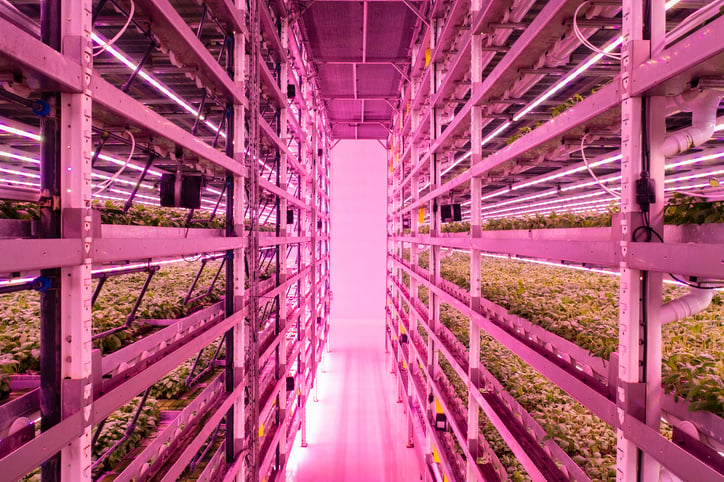
Think of your backyard garden for a moment.

Think of your backyard garden for a moment.
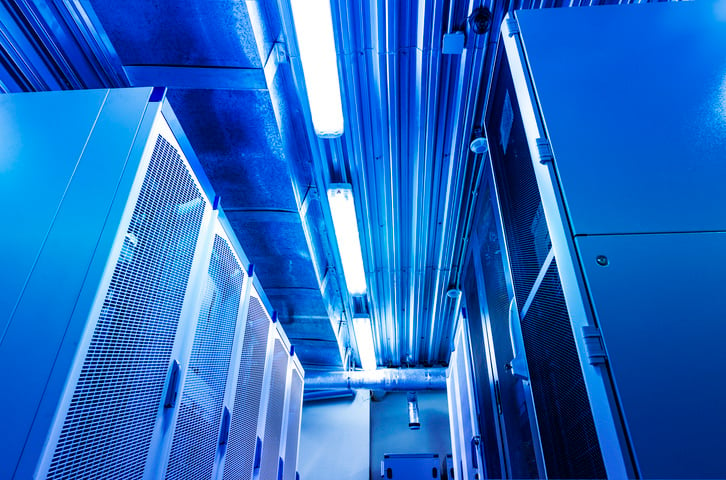
The virtual clouds we use for data storage and processing have a physical presence on Earth.
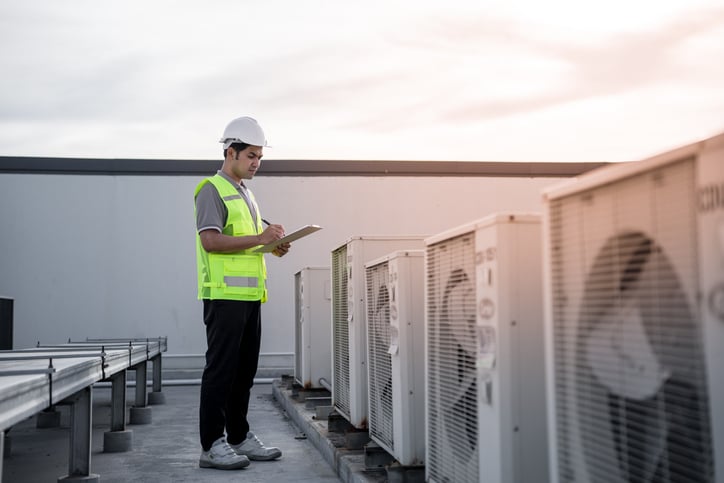
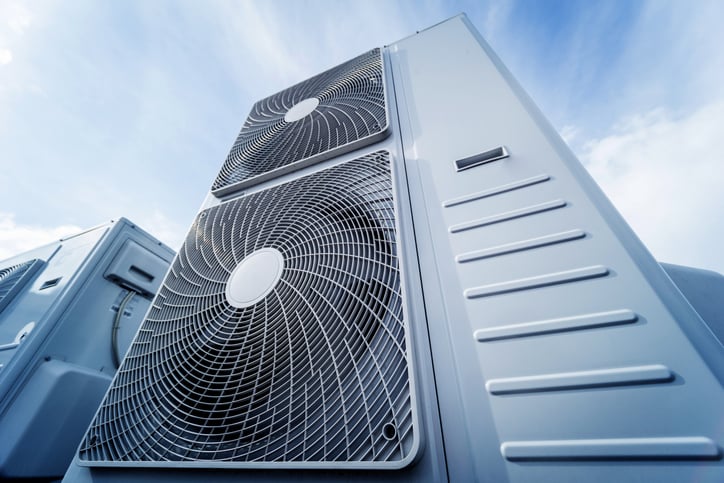
For most people, an HVAC system has one primary function: keeping indoor climates at a comfortable temperature.
It doesn't matter if the system is doing other important work in climate control – say, keeping humidity at the right level or monitoring for pollutants. If the temperature inside a space is too hot or too cold, people notice and aren’t bashful about saying so.
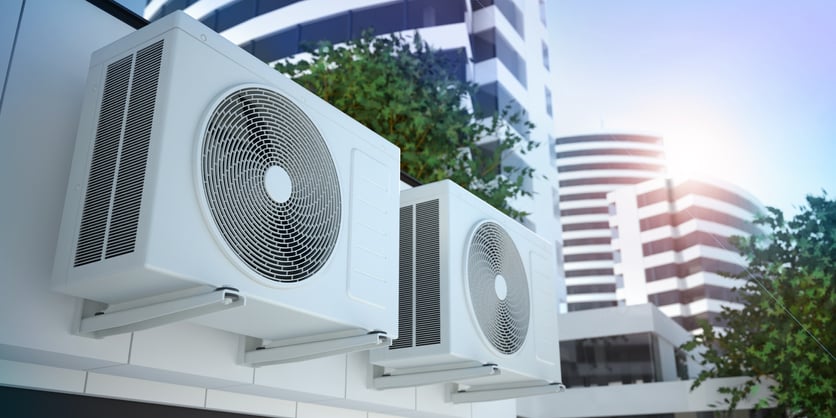
Thanks to a global pandemic, the importance of indoor air quality (IAQ) is taking center stage in many applications more than it ever has.
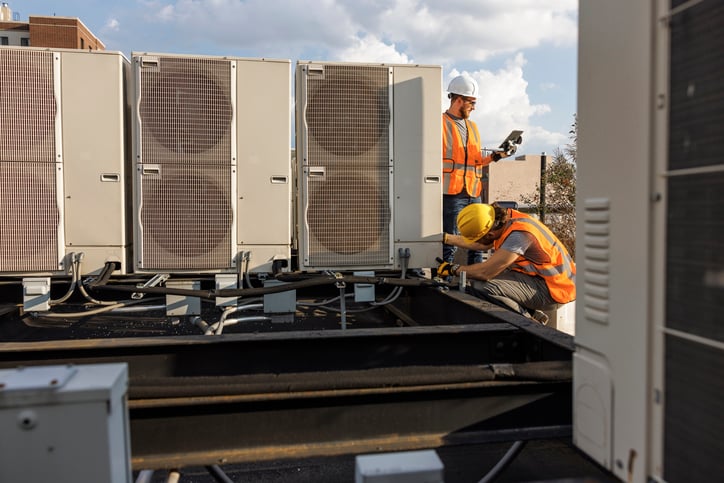
Consider the car you’re currently driving. Now, think of the car you learned to drive in.
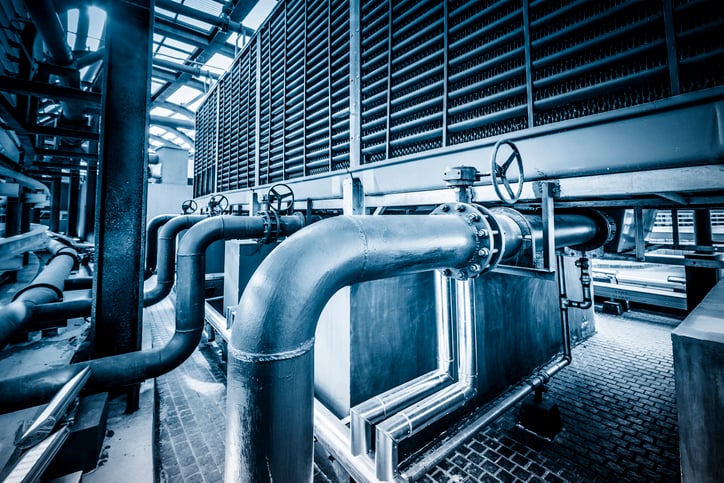
The hottest day in the summer. The coldest day in the winter. Or any day in between.
Walk into a building of any sort with an HVAC system that's not functioning as expected and you'll know it – it's hard to miss going into a space that's too cold or too hot.
The same goes for when you get an energy bill that far exceeds what you anticipated – when your HVAC is not running efficiently, you'll feel it in your wallet.